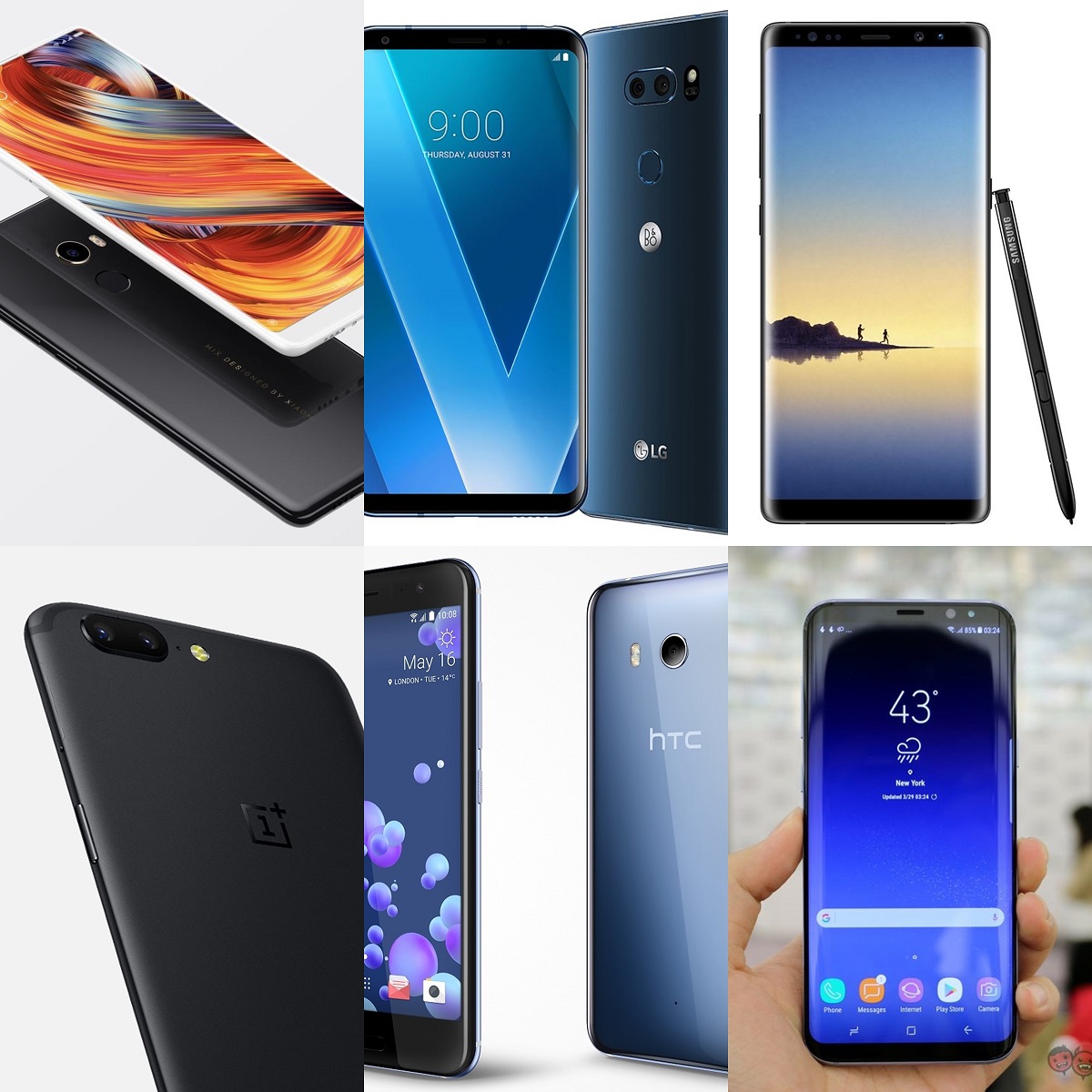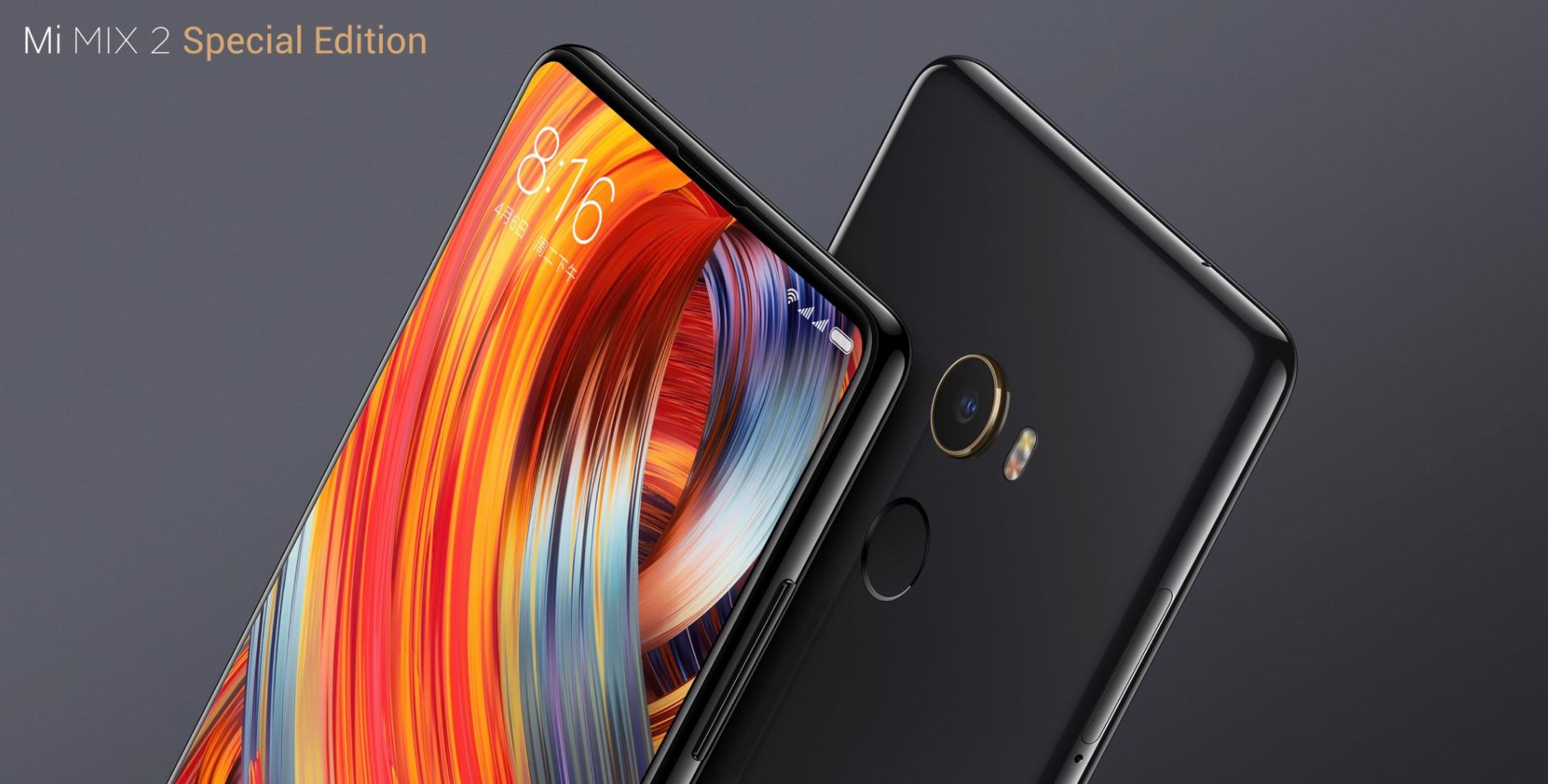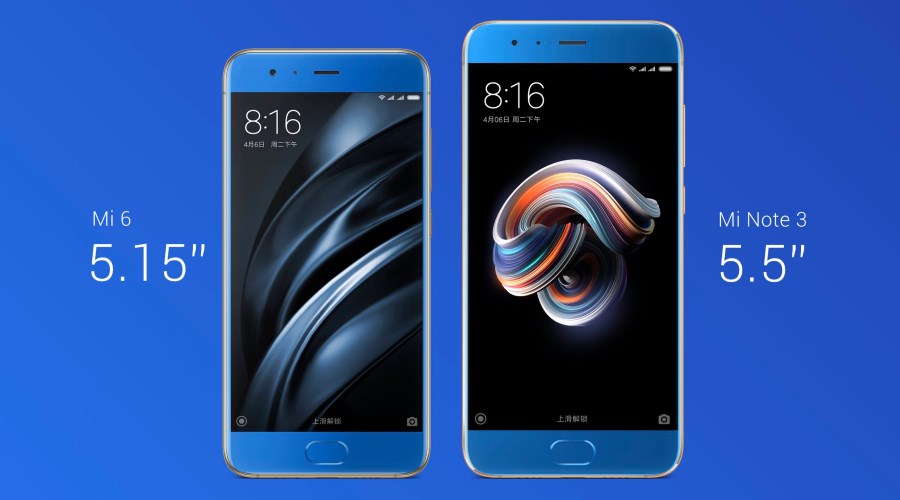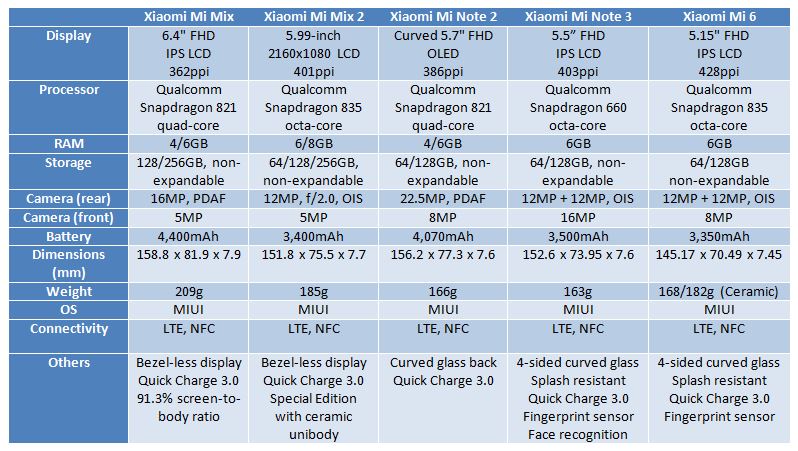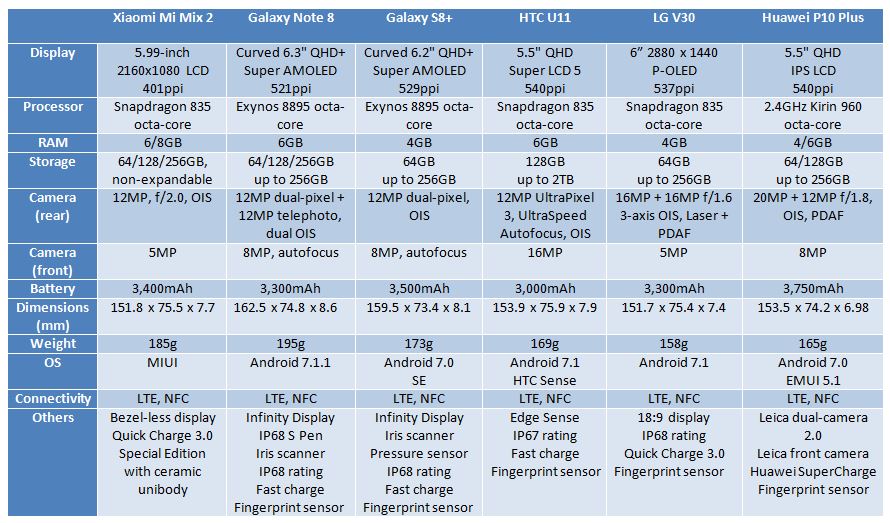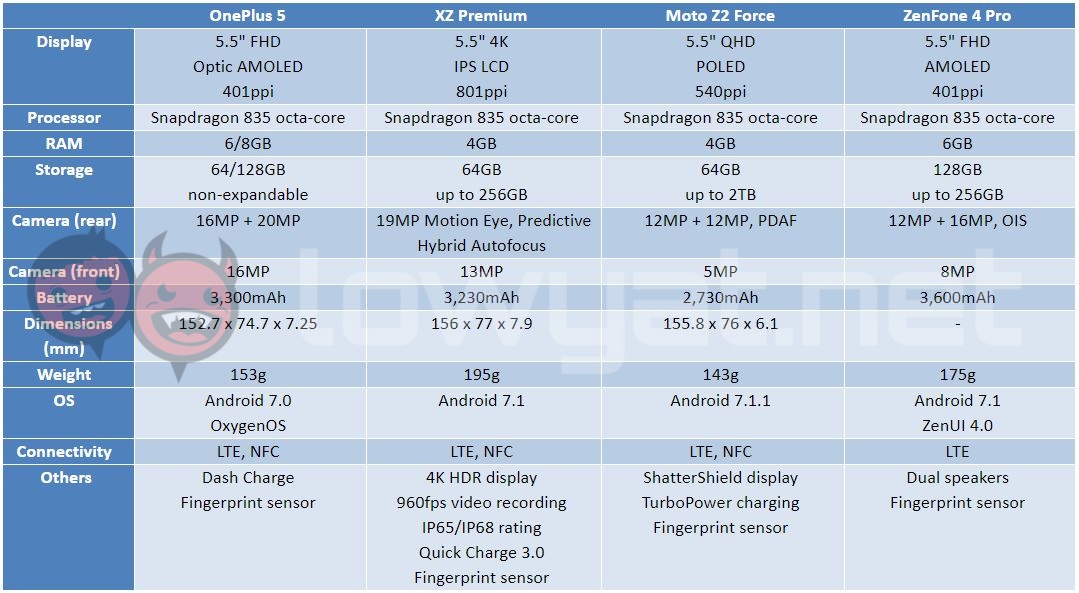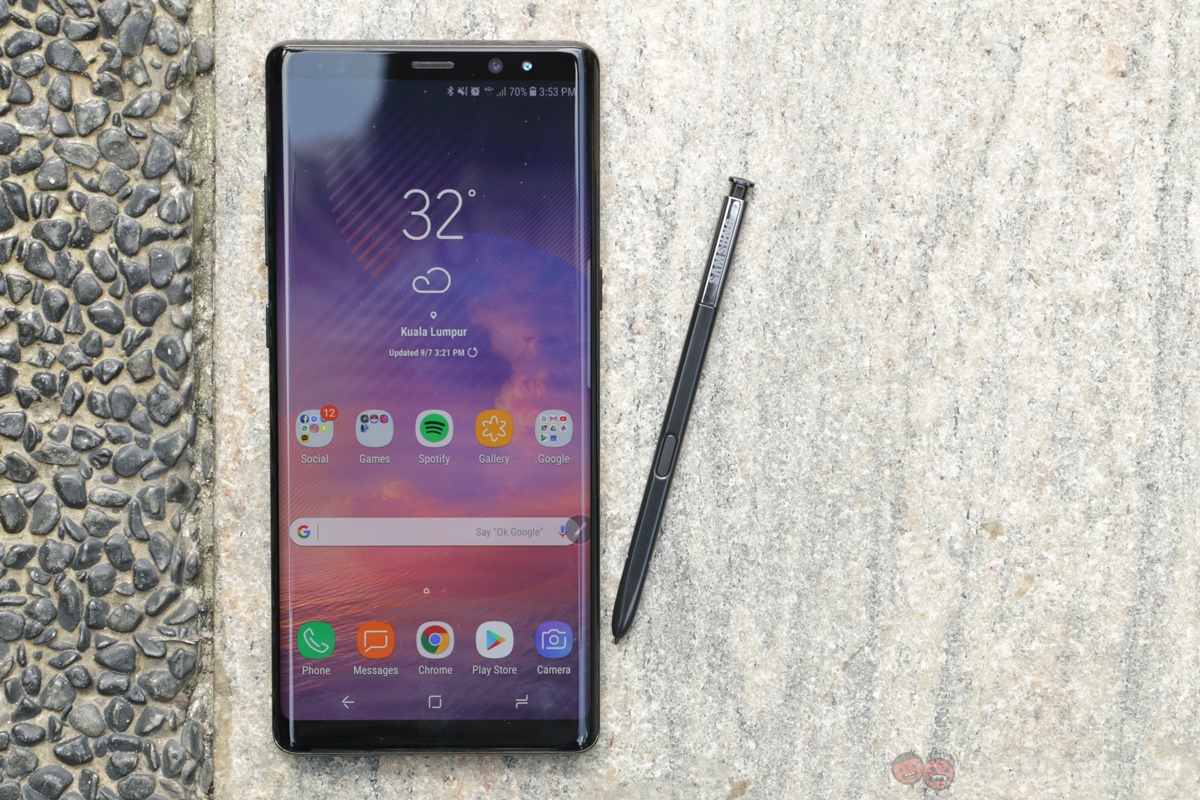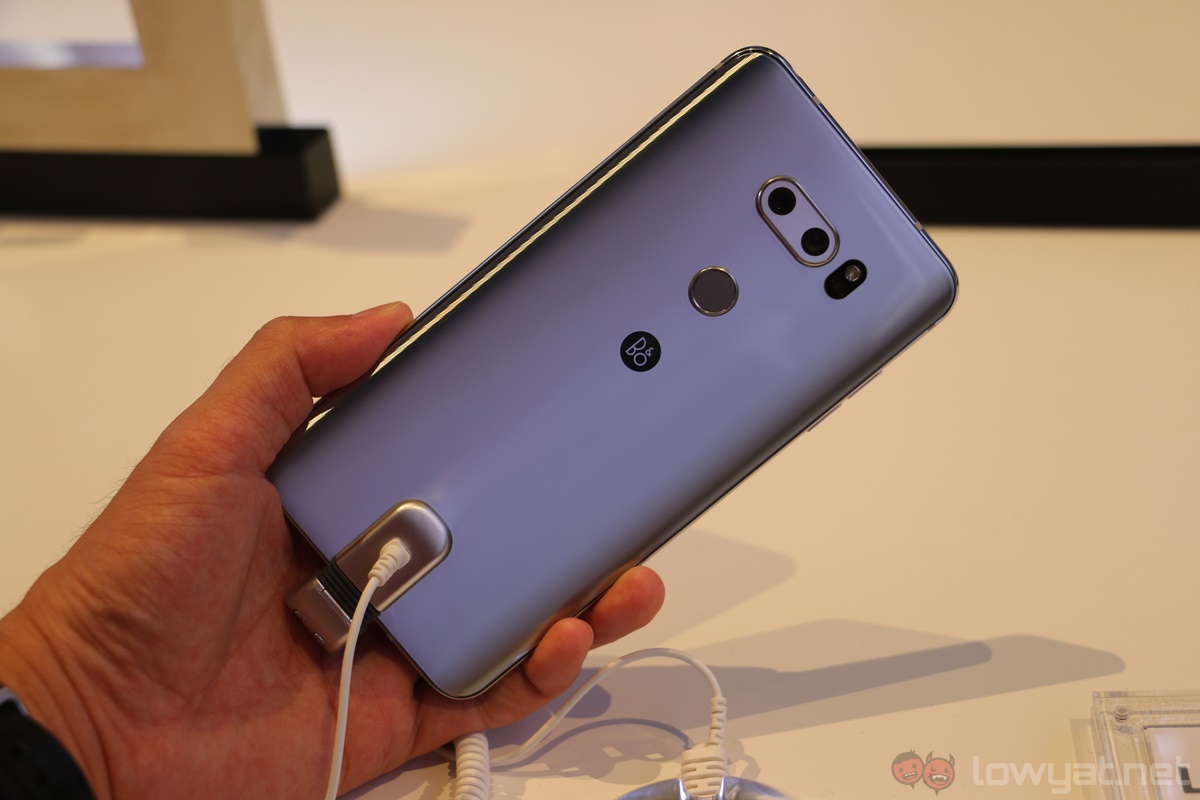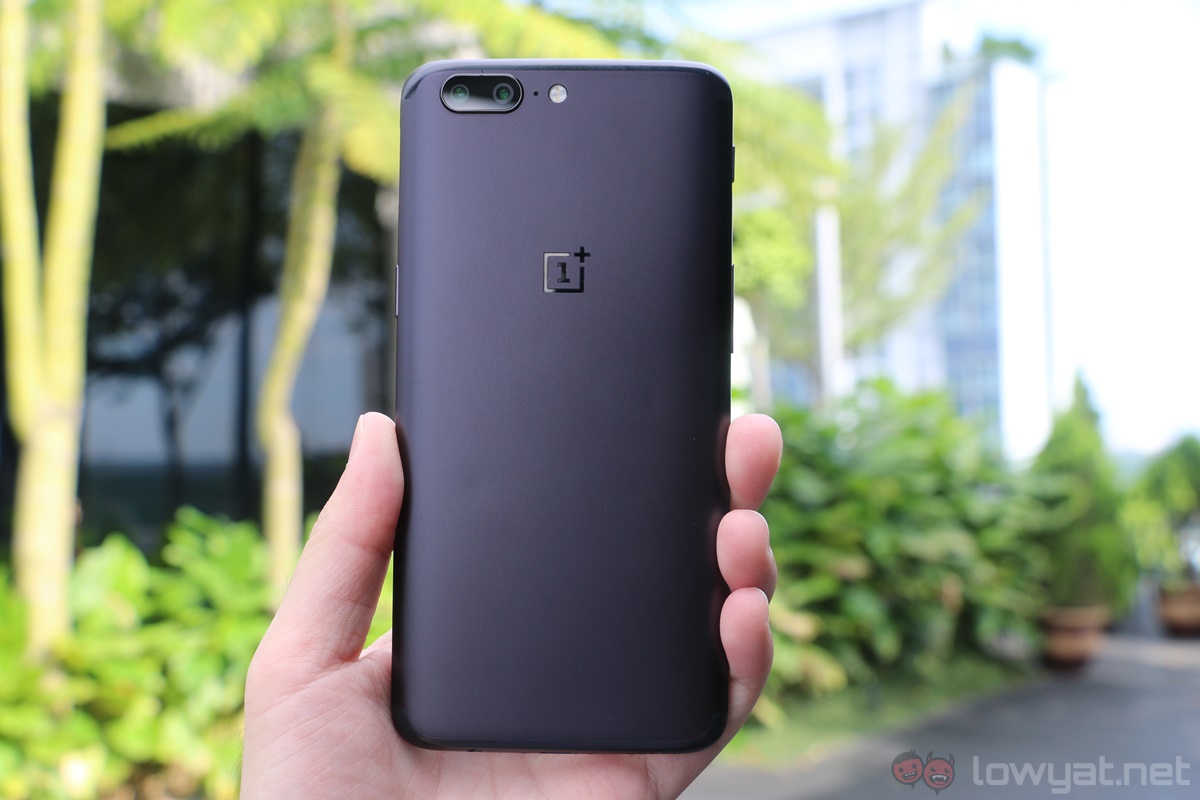Xiaomi has just launched its second-generation “concept smartphone”, the Mi Mix 2, and as expected it is one beast of a smartphone. The bezel-free display isn’t the only outstanding feature – its specs rival the very best Android flagship smartphones released this year.
While the overall look of the Mi Mix 2 is still similar to its predecessor, Xiaomi has done a lot of work underneath to fixed the quirks of the original Mi Mix. The chin is now 12% smaller due to a combination of new technologies: there’s a smaller front camera module, a chip-on-film (COF) display driver, and a new antenna design. The piezoelectric earpiece has been removed as well, with Xiaomi going for a more traditional earpiece with speaker.
On the other hand, there’s also the Mi Note 3, which Xiaomi has claimed to be a larger version of the Mi 6. Interestingly, Xiaomi swapped the processor from a Snapdragon 835 on the Mi 6 to a Snapdragon 660 on the Mi Note 3. The company claimed that this was due to a shortage of supply for the Snapdragon 835, and the new Snapdragon 660 processor is also more power-efficient.
But how does the Mi Mix 2 and Mi Note 3 compare with the rest of the Android flagships released this year? These tables should help.
First, we compared the specs between the Mi Mix and the Mi Mix 2, and then the Mi Note 3 with the Mi Note 2 as well as the Mi 6.
From the table, it is clear that the Mi Mix 2 is an incremental upgrade in every department – except for the battery. Because the Mi Mix 2 has a significantly smaller footprint compared to the original Mi Mix, the smaller battery is somewhat justifiable. While the camera has a smaller megapixel count, it is actually a higher quality one – it’s the same Sony IMX 368 sensor used in the primary camera on the Mi 6.
Meanwhile, the Mi Note 3 does indeed resemble the Mi 6 more than its predecessor, the Mi Note 2. Aside from the difference in processor, the Mi Note 3 is highly identical to the Mi 6; the slightly larger battery is a given considering the larger chassis.
Let’s go back to the Mi Mix 2. This is a flagship Android through and through, so how does it compare to 2017’s finest Android smartphones?
One very interesting aspect that can be seen from these tables: the Mi Mix 2 is smaller than virtually every smartphone in its class. The huge screen-to-body ratio means that the 5.99-inch display fits into a chassis that’s roughly the same size as the 5.5-inch OnePlus 5. It appears Xiaomi has thankfully struck the right balance – the phone has a generously large screen, but not to the point where it is unwieldy.
As a company known for pushing the limits, it was only right that Xiaomi offered an 8GB variant of the Mi Mix 2. It’s reserved for the Special Edition model with a ceramic unibody only, though. 256GB of internal storage also matches the highest amount fitted into a smartphone today.
That said, it is disappointing to see only a single 12MP rear camera when dual-camera options are the way forward. It is very likely due to space constraints on the device, making it virtually impossible to fit a dual-camera module into the Mi Mix 2 chassis, but this is a “smartphone of the future” type of product. Perhaps we’ll see this in the Mi Mix 3.
The Xiaomi Mi Mix 2 is definitely one of the finest smartphones the Chinese company has produced thus far, and as far as pushing the limits go, the use of new technologies and a sharper display make for a solid smartphone today.
Follow us on Instagram, Facebook, Twitter or Telegram for more updates and breaking news.


